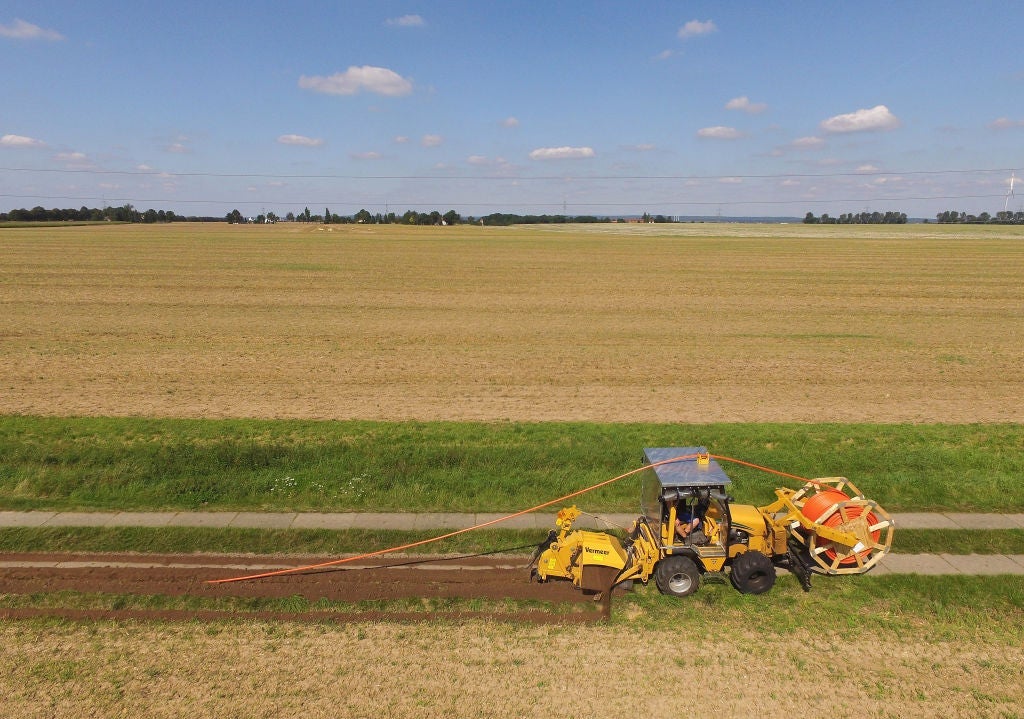

The outbreak of Covid-19 in early 2020 had a severe effect on financial markets, which led to significant losses for many types of investors. Among them were institutional investors, and in particular sovereign wealth funds (SWFs), which suffered the additional hit of governments withdrawing capital from them to support their domestic economies.
A study from industry data specialist Global SWF shows that global investors’ resilience was put to the test in the first half of 2020. “The second quarter of the year saw a recovery in financial markets following a significant drop in the first quarter, but this gain was offset by several governments withdrawing from SWFs,” the report says.

Access deeper industry intelligence
Experience unmatched clarity with a single platform that combines unique data, AI, and human expertise.
“The scale of losses that SWFs and pension protection funds [PPFs] endured in the first quarter was highly dependent on the funds’ mandate and asset allocation. The worst reported performance was from NZ Super, which keeps 70% of its portfolio in listed equities and lost 26% of its value in US dollars terms in February and March alone. Among PPFs, Japanese giant GPIF broke all existing records when it announced that it had lost $154bn of pensioners’ money during the first quarter.”
The impact on FDI of a SWF withdrawal
According to Global SWF, 24 governments around the world announced intentions to recover capital from their SWFs in 2020.
Among them, the withdrawals from Norway’s NBIM and Singapore’s GIC were significant, but the situation is most critical in emerging markets such as Africa and Latin America, where some funds are at risk of being exhausted altogether.
“The effect [of Covid-19 on SWFs’ investment strategies] is twofold: in the short term, the withdrawal usually comes from the money markets and the treasury’s pocket, and there is an imbalance in the strategic asset allocation,” says Diego López, managing director at Global SWF. “This creates the second effect in the medium term: a restriction in private investments – including real estate, infrastructure and private equity – so that the portfolio can recalibrate and balance itself again.”

US Tariffs are shifting - will you react or anticipate?
Don’t let policy changes catch you off guard. Stay proactive with real-time data and expert analysis.
By GlobalDataSWFs, as well as other types of institutional investors, form one of the main sources of global foreign direct investment (FDI), and capital calls were not the only way governments sought to support themselves during the worst of the Covid-19 crisis. They also started to refocus SWFs’ investment policies at domestic level.
“Funds such as Norway’s GPF, Ireland’s ISIF, Egypt’s TSFE or Canada’s CDPQ have all created or boosted domestic programmes to help businesses affected by the pandemic – and this has, again, limited the ability of funds to deploy capital overseas,” says López.
Data from Global SWF also shows that real assets have been a victim of the pandemic in SWFs’ portfolio allocations. Property is an area that is reported to have suffered its worst decline since 2015.
“So far in 2020 SWFs have invested ‘only’ $24bn in real estate, compared with $37bn in 2019, and $97bn in 2018,” explains López. “On the other hand, deals in technology and healthcare have gained a significant weight in relative terms.”
Are infrastructure and tech a safe investment bet?
Along with technology, infrastructure has emerged as a reliable industry during the pandemic, according to Michael Maudell, president of the Sovereign Wealth Fund Institute, who spoke in October at the Annual Investment Meeting (AIM) web conference on the impact of Covid-19. Maudell, the chair of the conference, added that surveys conducted by his organisation showed that SWFs are keen to increase their allocation to private infrastructure.
His findings strongly resonated across the panellists. Ayman Soliman, CEO of the recently established Sovereign Fund of Egypt, said infrastructure was a way to hedge the fund’s bets during the pandemic. “Infrastructure did not really slow down during the outbreak,” he added. “We see it as one of the biggest getaways for long-term investors in times of crisis.”
When it comes to greenfield investment, Alaska Permanent Fund Corporation (APFC) CEO Angela Rodell stated that broadband is the most attractive area for infrastructure investment at the moment. “There is undoubtedly more focus on brownfield infrastructure investment, but within the greenfield bucket, the broadband sector has certainly proven itself during Covid-19,” she said.
Rodell also pointed out that as the world moves more towards alternative energy, energy storage is rising in prominence in APFC’s investment priorities. She added, however, that this did not discredit more traditional infrastructure sub-sectors that have suffered more due to the pandemic, saying: “We continue to look at airports, toll roads and ports. However, the question remains as to what the traffic volumes are going to be in the near future. We believe that revenue forecasts tend to be overly optimistic, therefore we need to be cautious.”
Global SWFs’ López agrees that SWFs’ allocation to alternative assets will not drop significantly in the short term.
“Markets are still uncertain, but fixed income and public equities, which are still three-quarters of SWFs’ portfolio on average, are significantly up this year,” he concludes. “This, in our opinion, will not prevent funds from increasing their allocation to alternative asset classes in the near future. Other investment priorities will include environmental, social and governance, collaboration, limited partner-general partner hybrid models and embracing technological change.”






